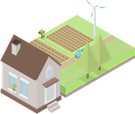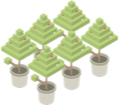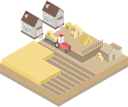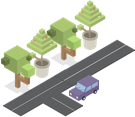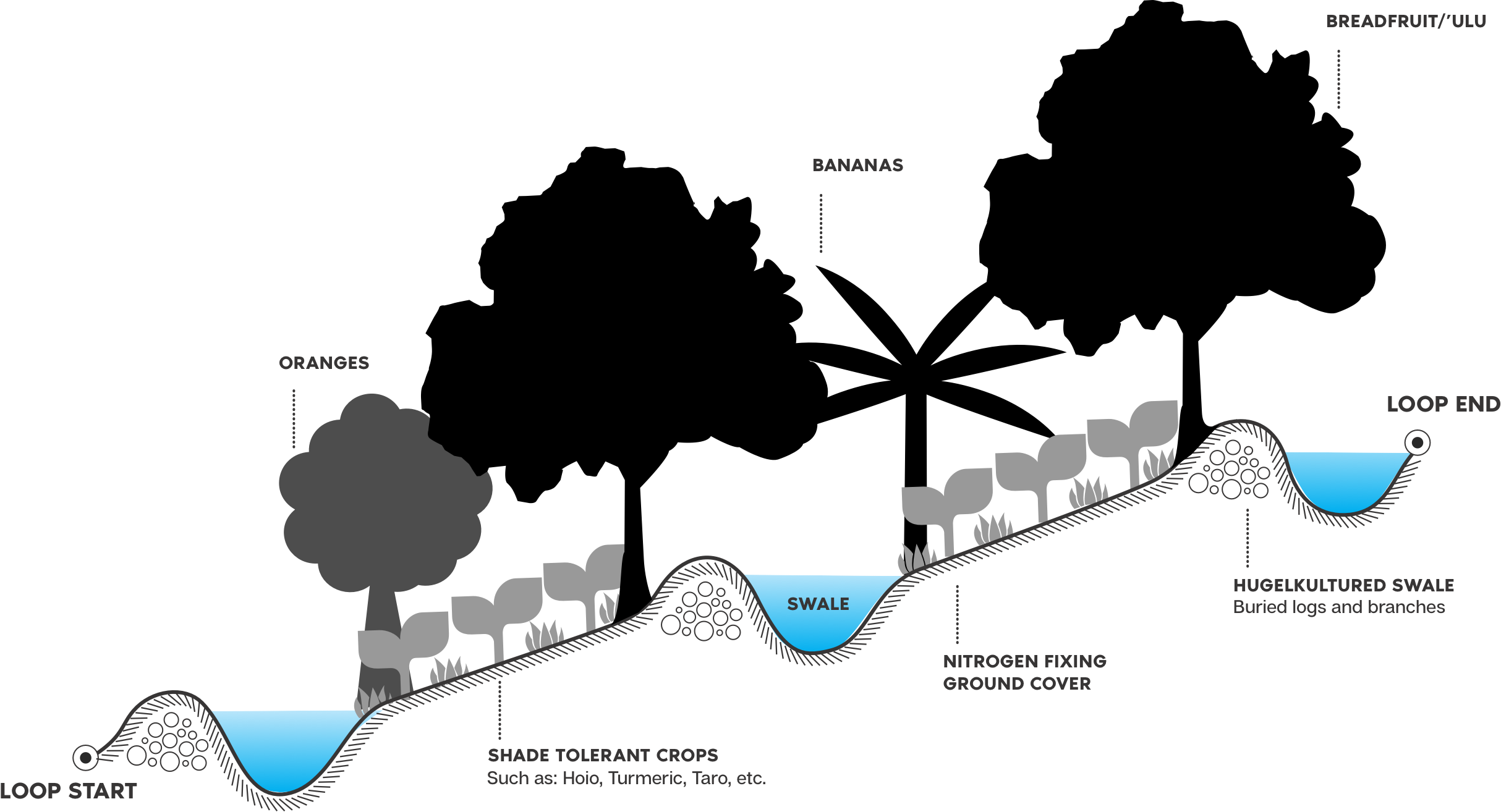Creating a Scalable Prototype
of a Sustainable, Ag-centric
Community in Waimānalo
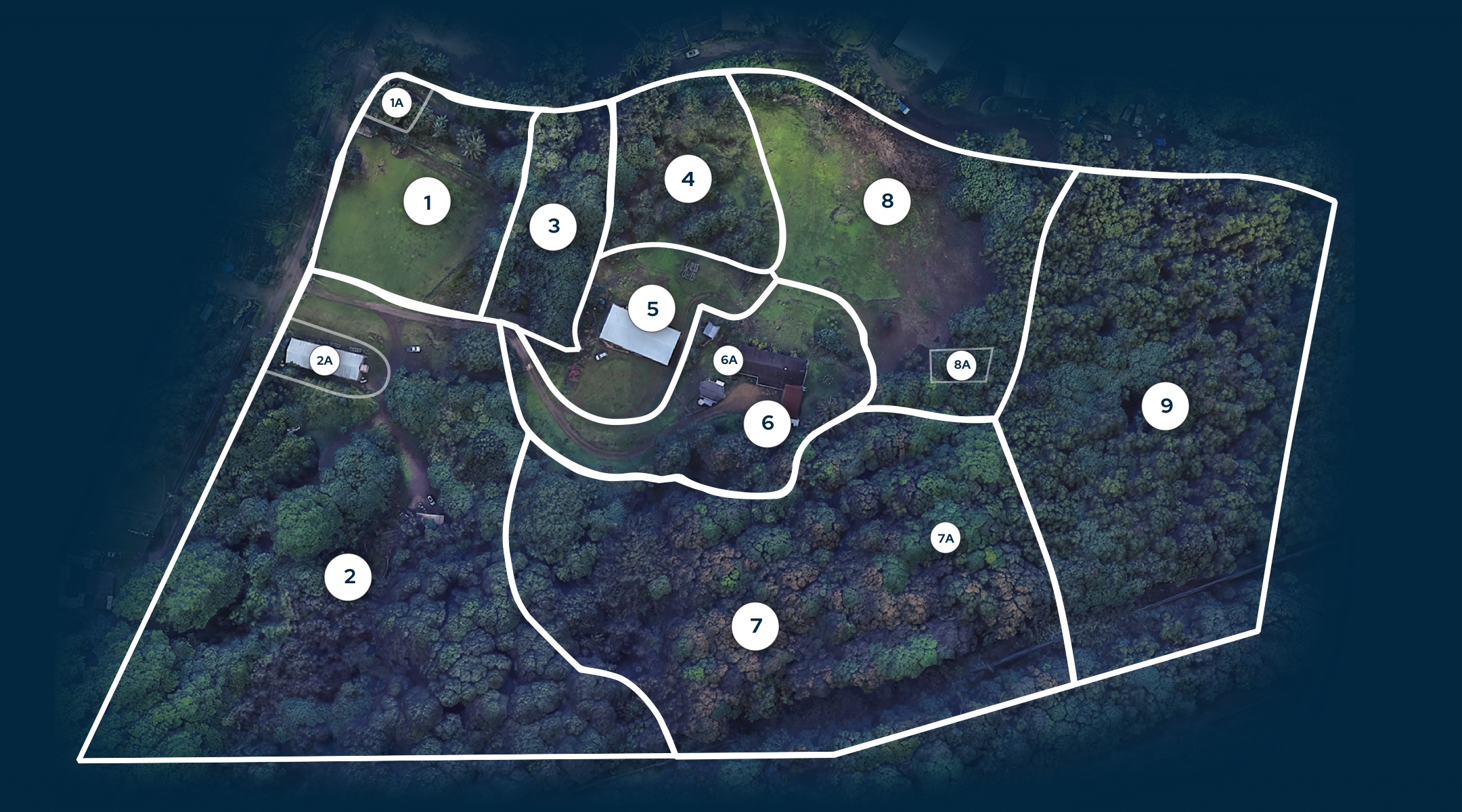
PHASES
1) Remove invasives… convert to lumber, biochar and mulch.
2) Reforest with endemics, fruit and nut trees, shrubs, vines, groundcover perennials, (food, fiber, floral, fuel, feed, farmaceutical, etc.).
3) Test soil nutrients, nutrient uptake per plant, nutrient absorption extra- and intra-cellular per person per plant or DRI-based meal.
4) Calculate minimum sq ft, energy and water needed to grow highest, quickest and most comprehensively, nutrient dense yield crops that cover 100% DRI per person.
5) Calculate need for ‘Ai Love Nalo, Hā’ehuola, family and friends.
ZONES
1) ulu, coconut, mango, mountain apple
1a) small storage area to test various combinations of indigenous, carbon negative soil amendments (compost, mulch, biochar, algae, coconut coir, mycelium, EM), for use throughout farm and greenhouse.
2) ulu, coconut, banana, avocado, papaya, macadamia nut
2a) processing & classrooms – 2520sq ft, 7 bays (12’x30’ each), consider solar panels, vertical wind, pyrolysis machine and acquion battery ban, rainwater harvesting
Bay 1: 20’ walk-in refrigerated container (coolbot w split unit a/c), upper loft w/shower, sink and laundry
Bay 2: food truck, back area and upper loft for solar dehydrator container, flour mill, industrial juicer, coconut processing, etc.
Bay 3: classrooms w loft for Hā’ehuola and La’aulapa’au
Bay 4 & 5: Dojo for lua, meditation, ho’oponopono
Bays 6 & 7: Biochar – carbon negative energy and indigenous fertilizer biogasification unit, wood chipper, battery bank, indigenous microorganism microbrewing, foliant spray pump, solar dehydrator for feedstock and char, storage pads, scales, bags
3) lychee & dragon eye, kukui nut, vee pear, avocado
4) jabong/citrus maximus, pruning and grafting tahitian lime, meyer lemon, ka’u orange, tangerine, etc
5) farm vehicles, equipment, tools, supplies, storage, office and exercise facility (consider solar panels, vertical wind, battery bank, rainwater harvesting)
ZONES cont.
6) living/working/learning spaces, starfruit, lilikoi, cherimoya, ti leaf, banana, olena, plumeria, mai lei, etc (consider solar panels, vertical wind, battery bank, rainwater harvesting)
7) Avatar/Ewok Village – treehouse in banyan tree w skywalks in upper canopy mango grove and little landings per tree or mini cluster. Possible zip lines. Look into bioluminescent plants to glow at night. Thin mango grove, haul, dry/cure, mill, use for flooring or furniture or monetize. Graft keiki mango onto trunks of thinned grove. Ti Leaf, indigenous Bamboo, banana, macadamia nut, etc
8) ulu, banana, papaya, guava
8a) greenhouse – grow sprouts, microgreens, mushrooms, leafy greens, tomatoes, cucumbers, eggplant, squash, zucchini, cabbage, green onion, garlic, herbs, spices, etc to satisfy daily DRI needs that food forest doesn’t cover… solar, wind power w battery bank, rainwater harvesting, benchtop growbeds w pressurized drip on timers and/or w moisture sensors, foliant spray.
9) carbo farming/ food forest/ La’aulapa’au – future site for MakerSpace to build sustainable, modular, mobile, offgrid structures, as well as fabricate and repair equipment, tools, etc. test usda methodologies for carbon farming and food forestry and emphasis on La’aulapa’au medicinal plants throughout property, but concentrated focus in this zones.

Community-Scale,
Healthy Food System
‘Ai Love Gardens, an ag-centric, sustainable community development project, is an ideal opportunity to feature Governor Ige’s leadership in adopting and committing to the implementation of the UN Sustainable Development Goals (SDGs) via the formalized partnership with the State of Hawaii as a UN Local2030 chapter.
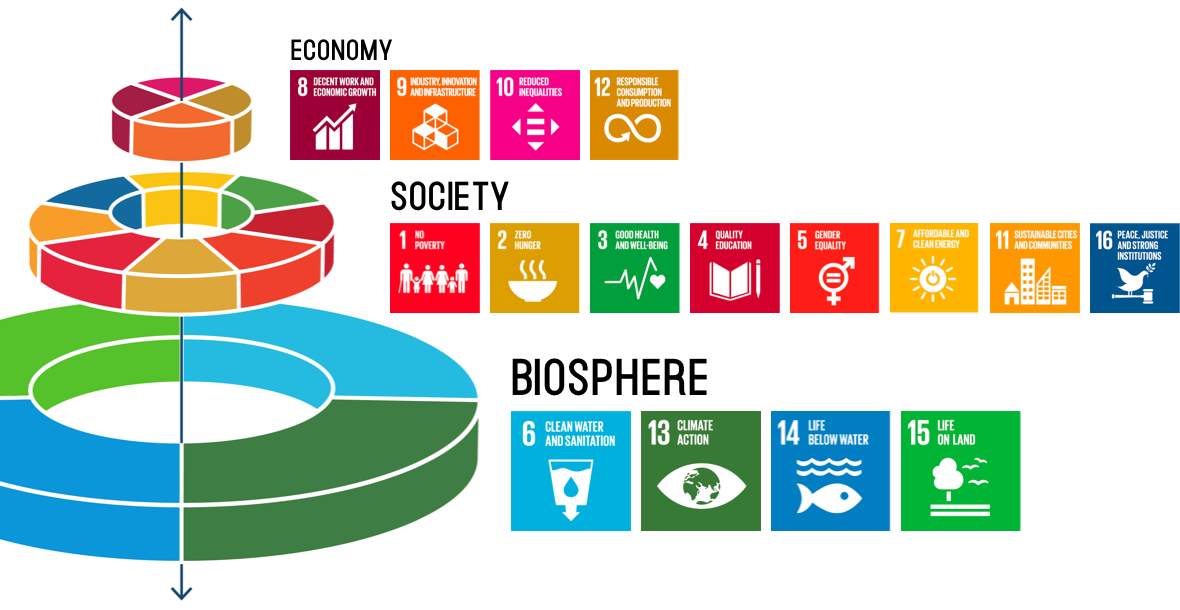
Cooperatives help address the inherent tensions and conflicts of interest between producers (most profit) and consumers (lowest price, highest quality) by becoming both… prosumers. Community-owned, needs-based and commodity-oriented businesses create the basis for self-sufficiency and determination.
Clean Energy
Micro-KIUC
Smart Roads
Solar Roads, Sidewalks, Driveways, Parking Lots, etc with Wi-Fi
Green Building
Living Building Challenge level
Waste Management
Bio & Phyto-remediation
Water Management
Rainwater harvesting, Catchments, Retention ponds, Lo’i, Swales, etc
Smart Mesh Networks
Internet of Things
Closed-loop Manufacturing
Makerspace, Open Source Ecology
Regenerative Agriculture/Food System / Vertical Farming
Clean Transportation
Electric, Hybrid, Hydrogen
Credit Unions
Sustainable Innovation for Conservation, Green Building & Ecosystem Restoration
This building coop aims to create a local system for turning Hawaii’s invasive timber into innovative, cottage industry solutions. The steps are summarized as tree harvesting, lumber processing, manufacturing building components, and native ecosystem restoration and agroecology.
Community Scale, Agricultural Models
Agroecology provides an excellent methodology for ag-centric community development projects.
Agroforesty or food forest systems can yield an average 16.94 tons per acre or .78 lbs per sq ft given proper plant/crop selection.
If viewed from a consumption by weight perspective, fruit & vegetable production can account for about 20 people per acre per year with high nutritional value, increased biodiversity, carbon sequestration, soil remediation, zero toxic chemicals, cleaner water, lower water use, increased precipitation, etc. All of which help significantly align with the UN Sustainable Development Goals.
Edible Landscapes
Basic Plan
Maintenance Requirements: 1 hour per month
Largest Impact & Lowest Maintenance.
* Monthly Maintenance Plans available
What are Edible Landscapes?
Our edible landscapes are inspired by traditional food forest gardens systems… designed to be low maintenance, practical, healthy and beautiful, these gardens create a cultural connection to the past while providing abundance for the future.
Edible Landscapes
Premium Plan
Maintenance Requirements: Daily Harvest of Fruits & Vegetables.
Daily Harvest of Fruits & Vegetables.
* Monthly Maintenance Plans available
What are Edible Landscapes?
Our edible landscapes are inspired by traditional food forest gardens systems… designed to be low maintenance, practical, healthy and beautiful, these gardens create a cultural connection to the past while providing abundance for the future.
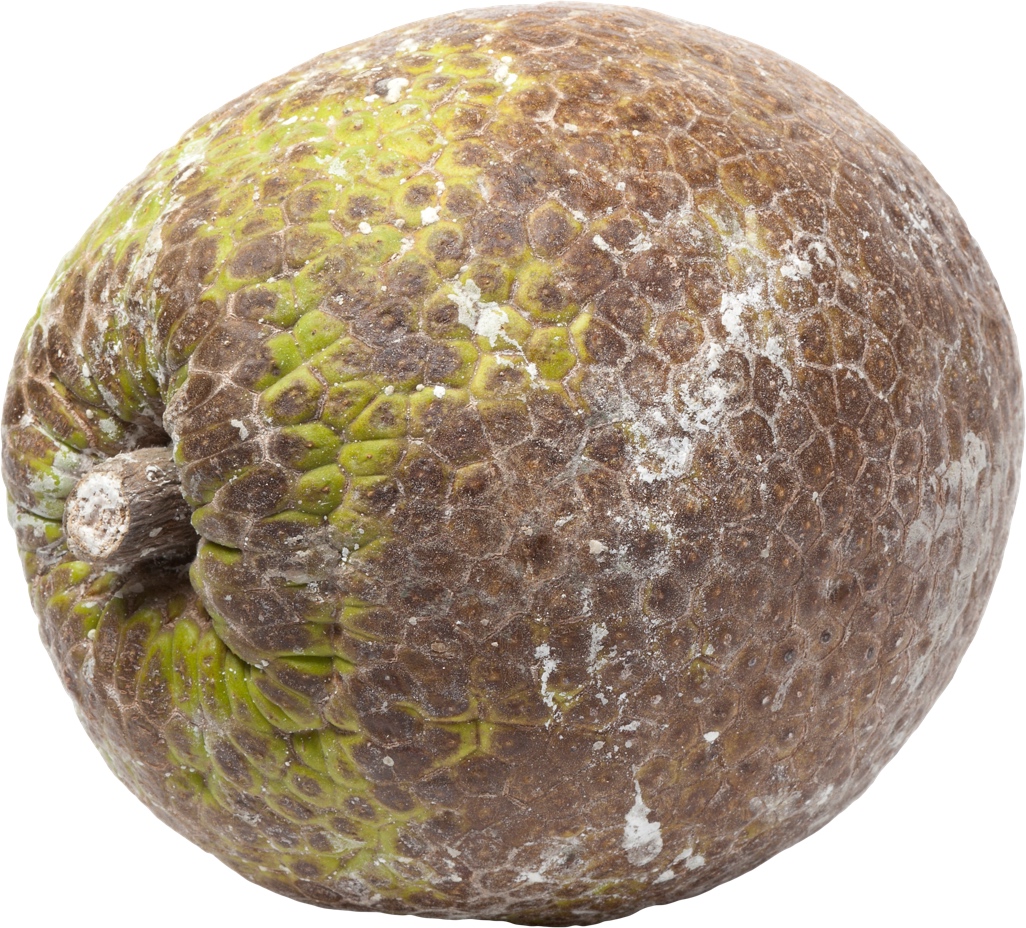
‘Ulu (Breadfruit)
The base of Perennial Food Forest in Hawaii
Breadfruit was one of the main starch of Hawaii’s diet prior to introdution of rice and introduction of wheat. Nowadays, cultivation of rice is practically not existent in Hawaii and ‘ulu remains as one of the main local sources of starch, along with taro. It is known that groves of ‘ulu used to cover vast areas of land in the Hawaiian Islands and thoughtout the Pacifc, with other understory crops cultivated below. ‘Ulu is consumed in nature when ripe, or cooked in dishes such as ‘ulu chips, baked with butter, ‘ulu salad, or proccessed in products such as ‘ulu four.
The Perennial Forest would consist of Over-Story Climax Species
(tall trees), Understory Species (small trees), and Ground Cover
Shade Tolerant Species.
16.94
tons/acre/year of diverse crop, mainly ‘Ulu (Breadfruit) at ultimate build out.
94%
Greater average yield harvested than conventional farming methods.
Easy
Medium to low level of Maintenance and man power needed.
Long Term Planning
Once well established, an ulu only needs to be pruned once a year and harvested 2-3 times per year. Upon each harvest add’l compost should be added around the tree and/or a cover crop of nitrogen-fxing legumes planted. Compost tea can also be added in the proper quantity during that time.
Maintenance
– 1 hour or less to prune per year
– 1 hour or less to harvest, 2-3 times per year
– .25 hour to add compost and compost tea, 2-3 times per year
Starting the Forest
How to get ‘Ulu trees?
‘Ulu trees are supplied by diferent organizations, proft and non-proft. The current increase of demand offers an opportunity to enter the breadfruit business, through propagation of breadfruit and cultivation of starter plants in Steward Farms. Another business and technology opportunity is the micropropagation of selected cultivars to maintain desirable qualities.
The preferred methods for propagation of breadfruit are (seeds are not recommended):
- Root shoots or cuttings
- Air layering & grafting
- Micro propagation
Planting should occur at the onset of the rainy season at a density of up to 48 plants per acre, and irrigated as needed for the first 1-3 months of establishment. Trees usually begin fruiting within 2-3 years from planting and will reach optimal fruiting at 5-6 years. With proper care, they can continue fruiting abundantly for over 80 years.
Fertilizing
The following nutrients are amounts used on average per acre is usually dependent upon crop, so can range from:
140-230
lbs/year/acre for nitrogen
60-160
lbs/year/acre for nitrogen
80-200
lbs/year/acre for nitrogen
19-95
lbs/year/acre for nitrogen
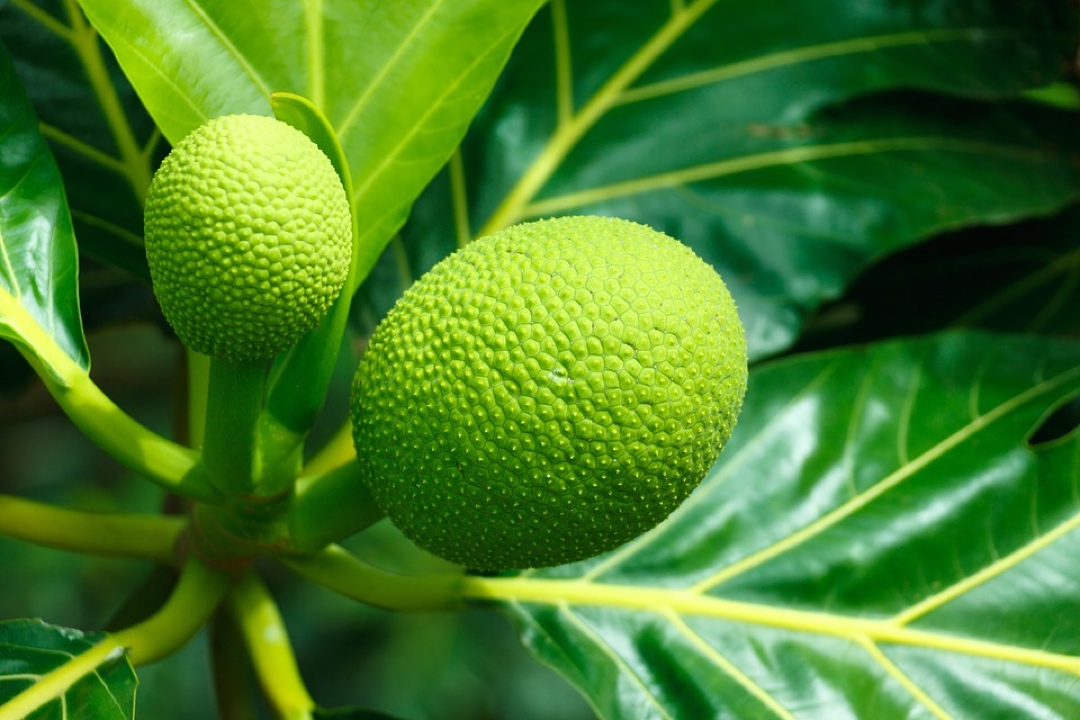
These nutrients can be provided by 100% “green manure” from compost, mulch, biochar, effective microorganisms (EM) and mycelium. Healthy soil is based on biodiversity and a thriving community of microorganisms. Mulch and biochar help with water retention. Mycelium and microbes are great nutrient transport networks and vehicles. The healthier the soil is, the healthier the plants are, which acts as its own pesticide, since pests primarily attack unhealthy, vulnerable plants.


